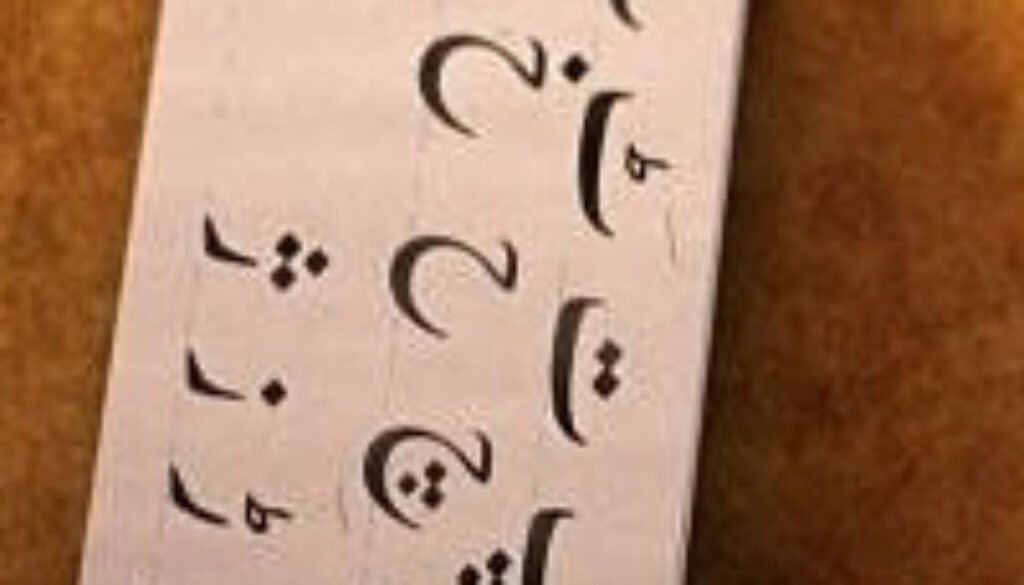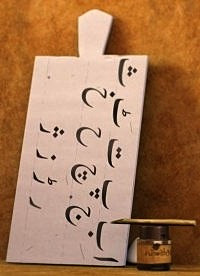The Death of the Traditional Urdu Script
Terrence Sehr just sent me an article by Ali Eteraz on the decline and endangerment of the traditional Urdu script called nastaliq. It’s a great article, and it parallels what has been happening with both Chinese and Arabic–namely, the movement away from a script that embodies the movement of the human hand toward a simplified version that embodies the movement of the straight line and the computer keyboard. As such, it also abandons the idea of writing as art, thereby impoverishing our understanding of both writing and art. For example, Ali writes:
“There is one more reason why nastaliq matters. It is, literally, calligraphy become language. Until recent decades, young boys and girls in Indian and Pakistani schools carried around rectangular wooden board called a takhti. On these, using a bamboo reed pen and an inkwell filled with a little gauze to make the dipping easier, they practiced writing every letter of the Urdu alphabet with painstaking care. Then when the lesson was over they washed the ink off the board and smoothed the surface with a bar of stucco clay and started on the next lesson. I worked on a takhti when I was living in Pakistan. The earthen smell of a freshly washed and resurfaced board haunts me to this day.”
I’m hoping that Ali, or someone else who knows Urdu, will send me a short text in nastaliq for me to carve….


